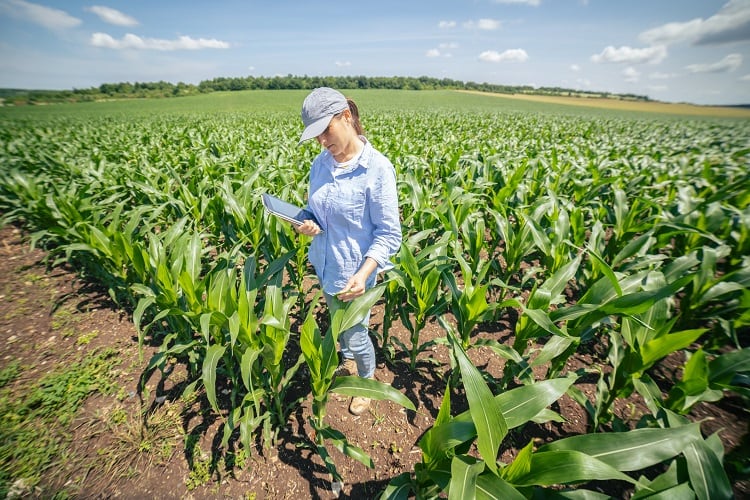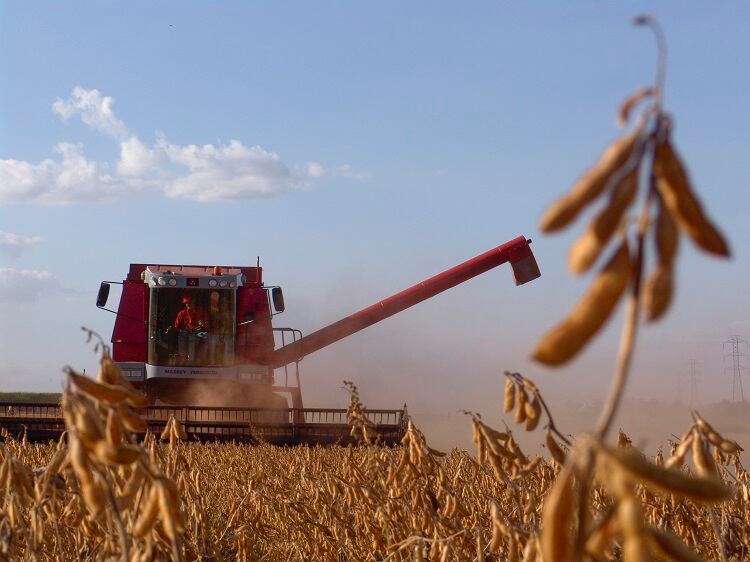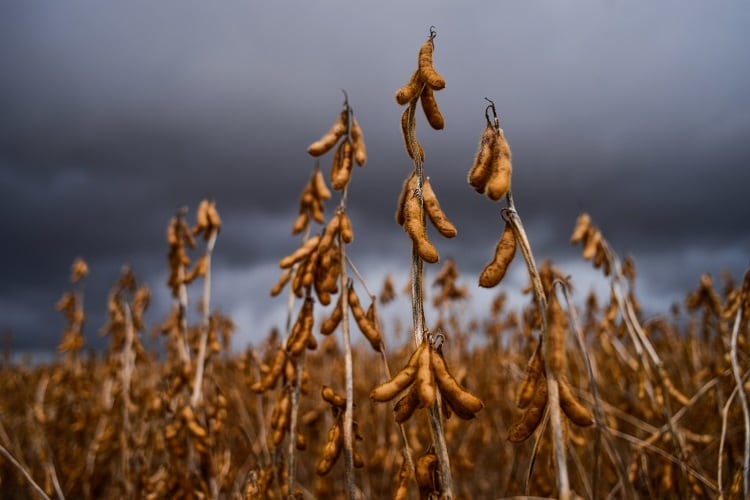The new Standard for Responsible Corn Production was voted in by RTRS members following a multi-stakeholder review and development process.
It is available to all producers certified under the RTRS Standard for Soy Production who want to certify their corn production – a crop typically cultivated in rotation with soy.
“Continuous cooperation with farmers showed RTRS that there is a need to create synergies and opportunities to replicate soy certification in other crops, primarily corn,” explained an RTRS spokesperson.
“Therefore, RTRS used the ‘window of opportunity’ behind the corn certification standard to keep expanding the value added and benefits of RTRS certification and the global multi-stakeholder round table.”
Why corn?
In terms of production, corn is the most important cereal globally and is the second most relevant in terms of planted area.
According to RTRS, the corn supply chain has the same challenges as soy at an environmental level. Its corn certification, therefore, is intended to enable producers to expand the supply of crops produced in a responsible manner.
“Many of the requirements provided for in the soy standard are applicable to corn and that is why the integration of a soy/corn certification system is feasible,” the spokesperson told this publication.
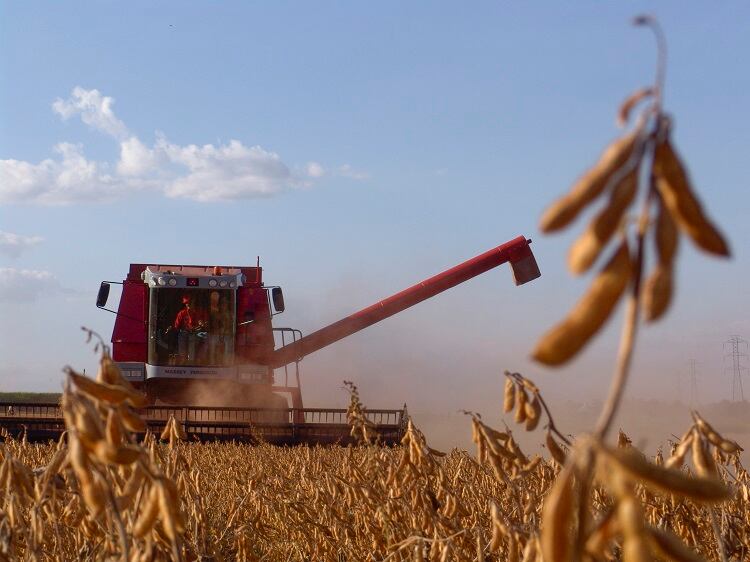
Soybean rotation with corn prevents soil erosion, helps maintain soil quality and improve soil fertility, and is a practice that the farmer must comply with to achieve soybean certification. In addition, corn is highly valued economically ‘all the world over’ thanks to its low cost and ‘great versatility’, we were told.
“Corn is mostly used for animal feed, as mature kernel, forage, or as an ingredient in the animal feed industry. Corn ears can also be consumed or used as raw material for wet or dry milling, or to produce ethanol.”
Achieving certification
To certify corn, the soy producer will have to comply with 14 additional criteria beyond the more than 100 required by the RTRS Standard for Responsible Soy Production.
The Progressive Entry Level for the RTRS Standard for Responsible Corn Production V1.0 specifies mandatory indicators for each year of corn certification, ensuring continuous improvement of certified producers, we were told.
The price of certification is out of RTRS's scope. It is up to the Certification Bodies, third parties authorised by RTRS, to perform the certifications. “RTRS only sets in its procedure the minimum number of days each type of audit should take,” the spokesperson told FoodNavigator.
“The amount of audit days will depend on the size of the farm, the amount of farms if it is a group/multi-site, the risk they have, and also the amount of add-on modules they want to include under their scope.”
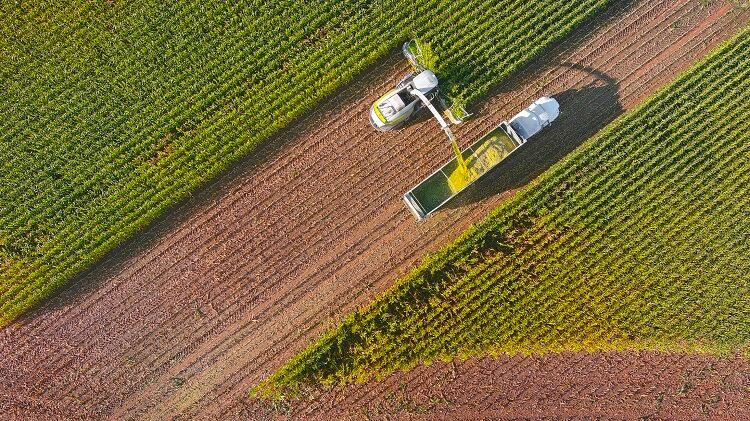
The new certification standard is available to RTRS certified soy farmers, which are currently located in Argentina, Brazil, India, Paraguay, and Uruguay.
“Our challenge is strengthening RTRS’ vision of sustainable oil, seeds, and grain, and corn certification might be a first step,” we were told. “RTRS is open to integrate other crops in its certification scheme.”


